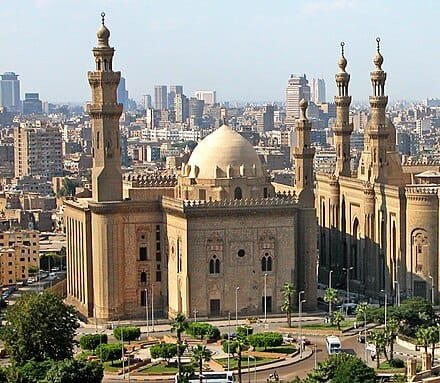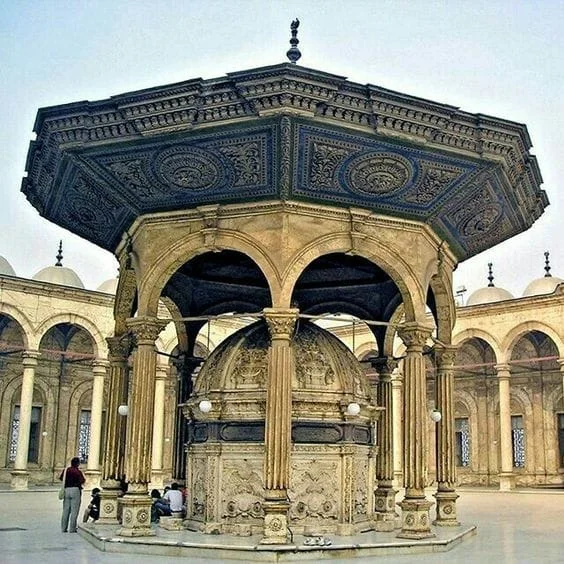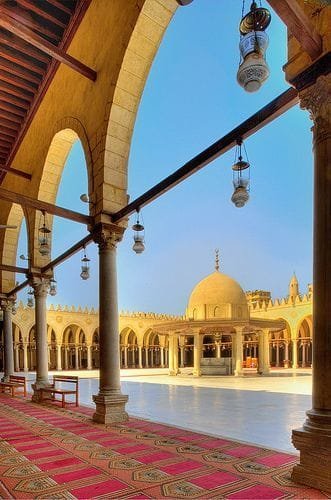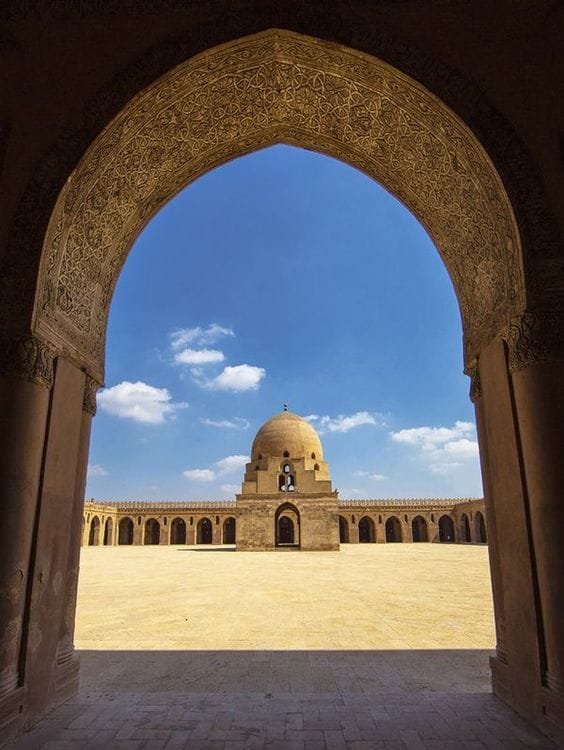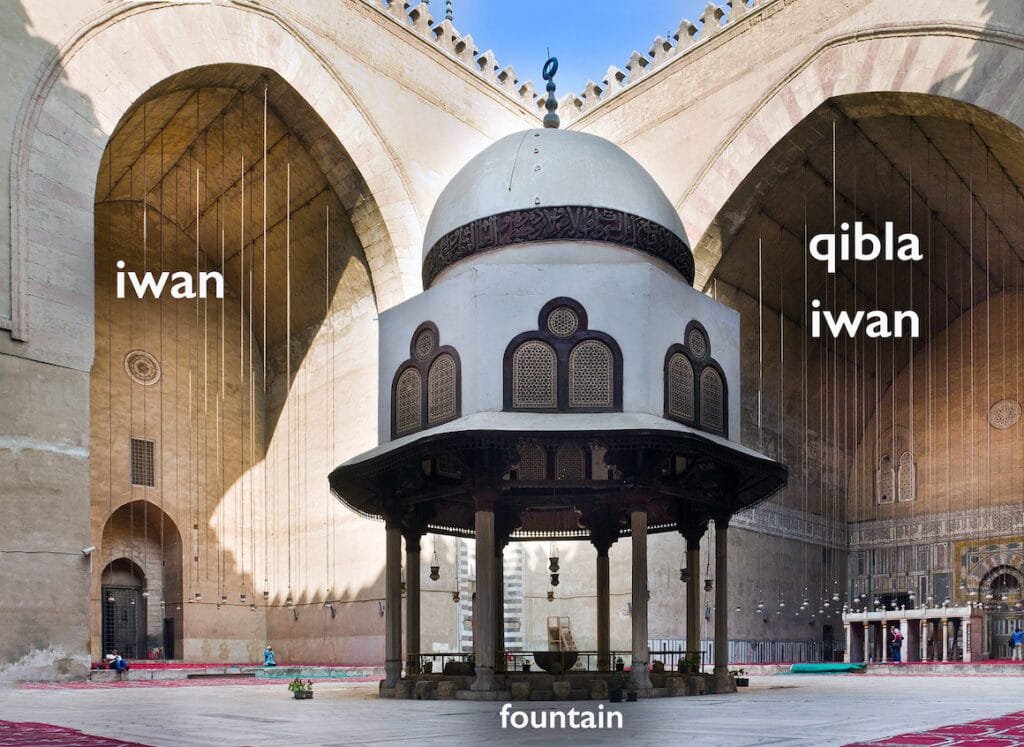In the heart of Cairo, Egypt, stands one of the most magnificent and awe-inspiring structures of the Islamic world—the Sultan Hassan Mosque. Commissioned by Sultan Hassan, a Mamluk ruler in the 14th century, this mosque is not only a symbol of Islamic architectural brilliance but also a testament to the grandeur and power of the Mamluk dynasty. Its sheer size, intricate details, and historic significance have made it a cornerstone of Cairo’s skyline and a lasting symbol of Egypt’s Islamic heritage.
The mosque’s construction, which began in 1356, was a grand project that aimed to showcase the Sultan’s authority and vision. Though incomplete due to the untimely death of Sultan Hassan, the mosque’s structure remains one of the finest examples of Mamluk architecture. It incorporates a blend of geometric patterns, ornate calligraphy, and soaring minarets, all designed to create a space that was not just a place of worship, but a statement of the Sultan’s power, wealth, and religious devotion.
Today, the Sultan Hassan Mosque is not just a historical monument but also a vibrant cultural landmark that attracts tourists, scholars, and worshippers alike. Its architectural grandeur continues to captivate those who visit, offering a glimpse into the richness of Egypt’s Islamic past and the lasting influence of its designs on Islamic architecture worldwide. As we explore the mosque’s history, architectural features, and cultural impact, we uncover a legacy that has endured for centuries—one that continues to inspire awe and reverence.


